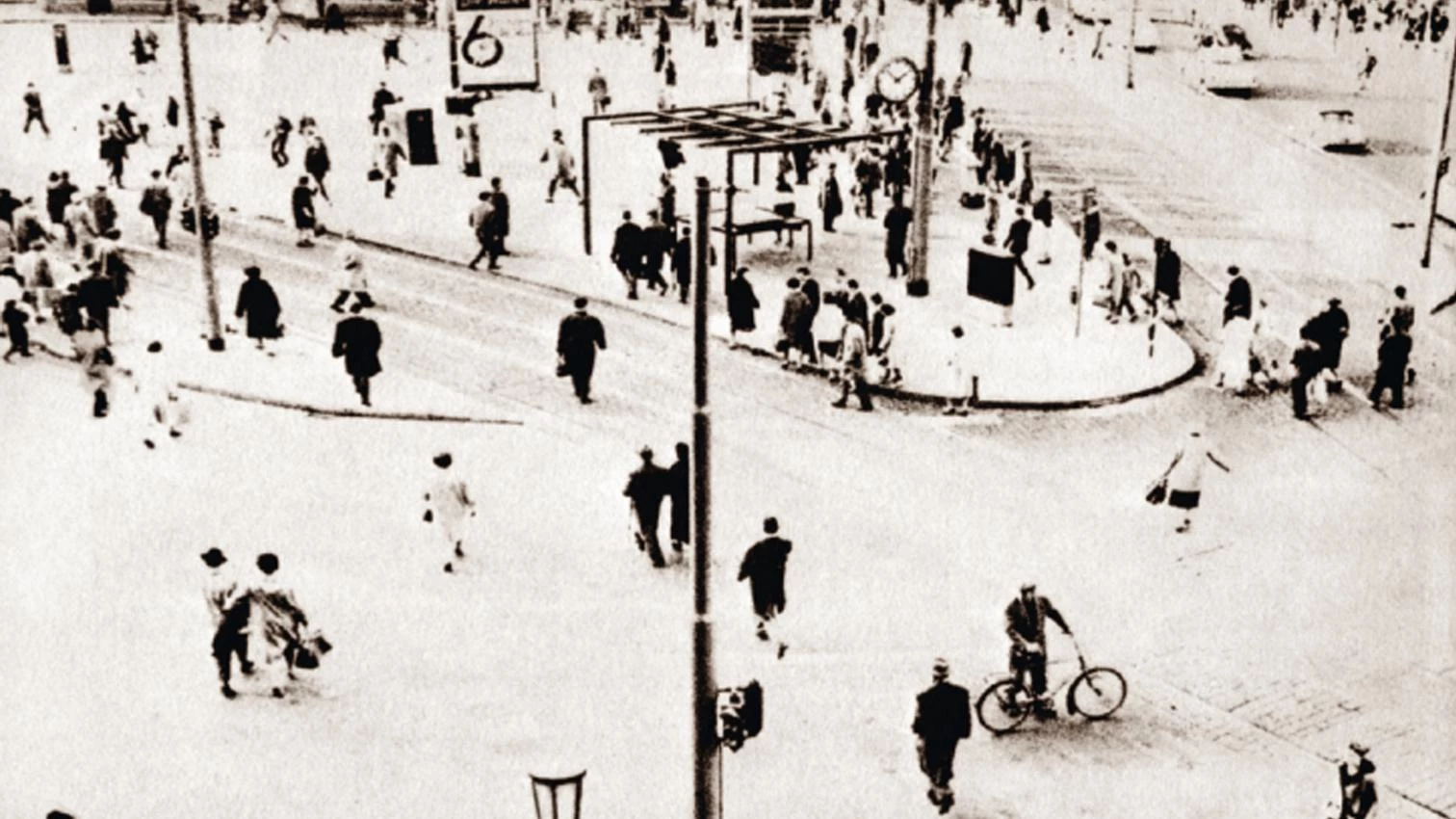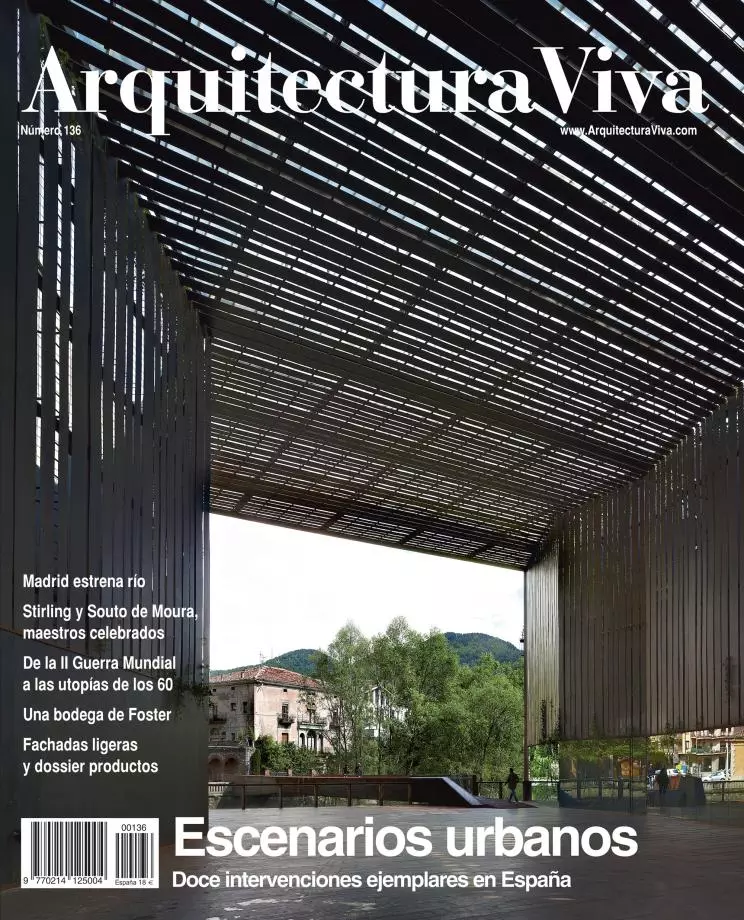
Cities are not made of buildings, but of people. Their construction material is not steel or concrete, glass or brick; it is the plural lives of those who dwell in them, their needs and demands, their desires and their dreams. However, that social choreography of activities and purposes demands architectural stages that serve as context and as shelter, and the urban environment shaped by successive interventions determines the spatial expression of those collective impulses. As we have so many times repeated since Winston Churchill said it first, “we shape our buildings, and thereafter they shape us”. For this reason, the best urban stages are probably those that, without giving up the possibility of transforming the sensibility and the perception of those who use them, put themselves above all at the service of life, enabling its fertile development with architectural forms that house and interpret that collective play where a swarm of singular itineraries intertwine.
With the architectures of opulence pushed to the background by the economic crisis, today we are returning to the more inspiring ideas of the sixties and seventies, when the combination of technical rationality and signature works that marked the postwar period was replaced by a greater sociological and urban awareness. In my previous life as book editor I published in 1977 the Spanish version of a work by Ulrich Conrads which was initially released in 1972, Architecktur: Spielraum für Leben, and when rereading it now I have been surprised by its total up-to-dateness. The then director of the magazine Bauwelt laid out an eminently graphic book – probably inspired by The Medium is the Massage, the work by Marshall McLuhan that marked my generation since it was published in 1967 – which pays tribute to its title, “Architecture: Stage for Life. Intensive Course for Citizens”, and I am sure that course would be useful for architects too.
In the book, after describing the city as a material expression of social life, Conrads proposes a laconic reformist manifesto, “Adult citizens set out five urgent measures”, which I here note down telegraphically: we build for children and the elderly; we introduce temporary expropriation; we limit car traffic areas; we establish new housing regulations; we build ‘open’ and multifunctional public buildings. Almost forty years later, this modest program is still far from being fulfilled. After the Arab spring, our own Spanish spring of the‘indignant’ young has shown the effectiveness of urban stages to serve as resonance boxes of the civil protest, legitimate and necessary as a revulsive against a sadly sclerotic system; but beyond this stimulating and rather exceptional situation, if we really believe in architecture and the city as stages for the everyday life of people, us ‘adult citizens’ (and us architects) have a lot of work ahead of us.





